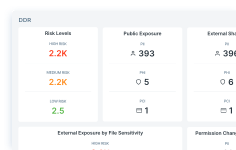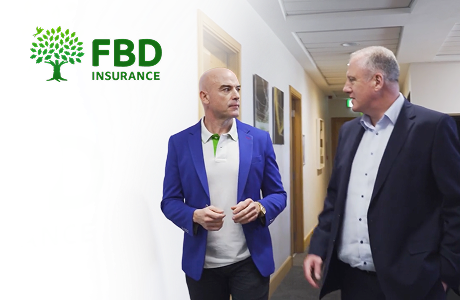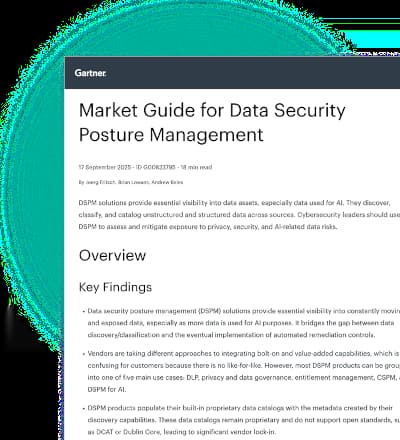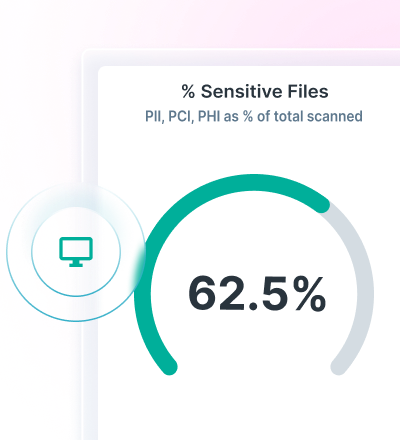FEATURED PRODUCTS
POPULAR PRODUCT INTEGRATIONS
SEE IT IN ACTION
How to Protect Your Data Everywhere

See Our Data Detection & Response (DDR) Software in Action

STILL UNSURE?
Talk to an ExpertGet Free Data Risk Assessment for OneDriveOUR PLATFORM
PROBLEMS WE SOLVE
INDUSTRIES WE SERVE
CUSTOMER STORIES
Clustering in a Way No One Else Can Do

Pinpoint Accuracy and Transparent Reporting

STILL UNSURE?
Free Data Risk AssessmentTalk to An ExpertWHY CHOOSE FORCEPOINT
COMPARE US






